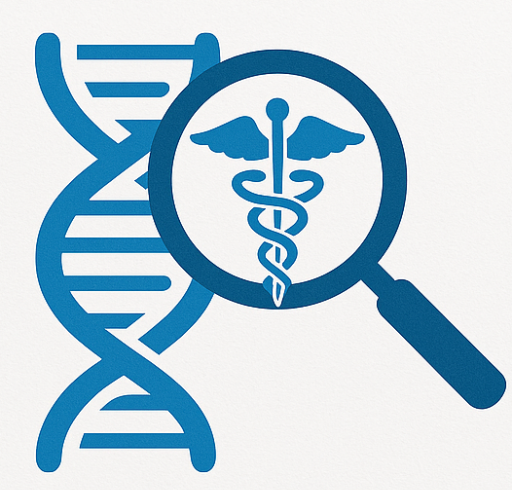🦷 The Mouth Biome: Your Oral Microbial Ecosystem
Your mouth is home to a rich and complex community of microorganisms—bacteria, fungi, viruses, and more—collectively known as the oral microbiome or mouth biome. These microbes play a crucial role in maintaining oral and overall health by helping digest food, protecting against harmful pathogens, and interacting with the immune system.
A healthy mouth biome is well-balanced, where beneficial and neutral microbes keep potential disease-causing organisms in check. When this balance is disturbed—by poor hygiene, illness, or diet—oral diseases like cavities, gum inflammation, and even systemic issues may arise.
If a whole genome sequence (WGS) is taken from an oral-sample, it is possible to list most of the organisms that are present in the oral microbiome. Giving unprecedented insight into the possible pathogens that might be affecting the patient. A specific diagnosis of this information for the specific patient is necessary. You can upload your DNA file in this tool for a list.
🧫 Common Bacteria in the Oral Biome
Below is a list of the most common bacterial species and genera typically found in a healthy human mouth, along with their estimated prevalence and role.
Usually there will be a lot of virusses present as well. Most of these will be bacteriophages: virusses that infect bacteria. These too help in keeping the bacteria in the microbiome under control.
| Bacterial Name | Prevalence in Oral Microbiome | Role |
|---|---|---|
| Streptococcus mitis | Very common (~90–100%) | Early colonizer; helps maintain oral pH |
| Streptococcus sanguinis | Very common (~80–100%) | Competes with pathogens; protects against cavities |
| Streptococcus salivarius | Very common (~80–90%) | Produces bacteriocins; part of healthy tongue flora |
| Streptococcus mutans | Common (~60–90%) | Associated with dental caries if overgrown |
| Actinomyces naeslundii | Common (~70–85%) | Found in plaque; generally harmless unless imbalanced |
| Veillonella parvula | Common (~70–90%) | Consumes lactic acid; contributes to balance |
| Fusobacterium nucleatum | Moderate (~50–70%) | Bridge species in biofilm; can turn pathogenic |
| Prevotella intermedia | Moderate (~40–60%) | Present in gingival pockets; linked to gum disease |
| Porphyromonas gingivalis | Less common (~15–30%) | Opportunistic pathogen; key in periodontitis |
| Capnocytophaga spp. | Moderate (~30–50%) | Part of subgingival flora; potential opportunist |
| Neisseria spp. | Very common (~80–95%) | Important early colonizers; support microbial diversity |
| Haemophilus parainfluenzae | Common (~60–80%) | Often found in healthy oral flora |
| Lactobacillus spp. | Variable (~20–60%) | Associated with acid production and caries |
🧬 Note: The exact composition of your mouth biome depends on age, diet, hygiene or even time of the day. A healthy oral microbiome is diverse and well-balanced.
